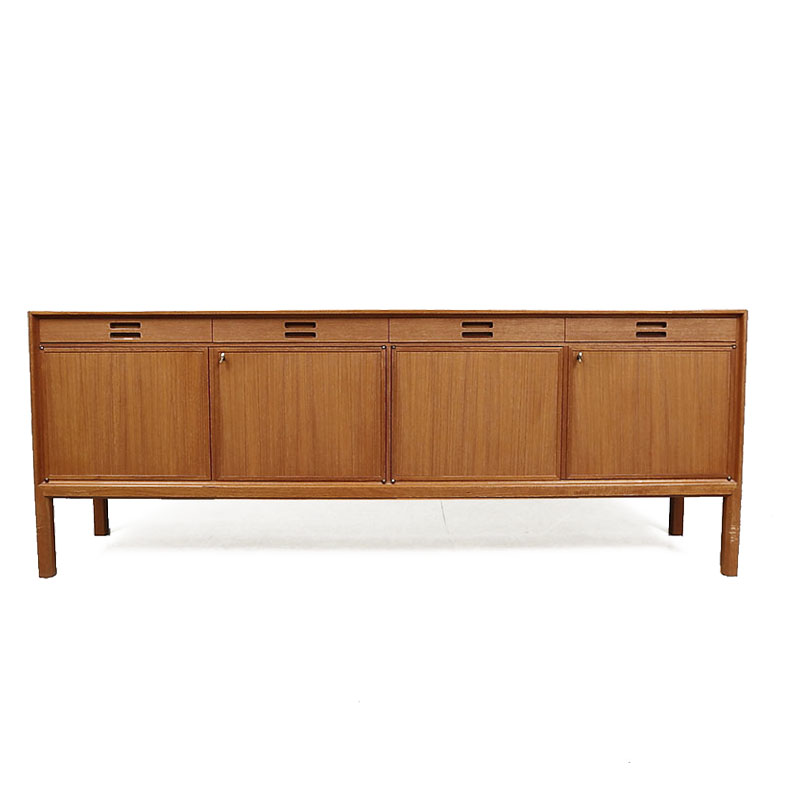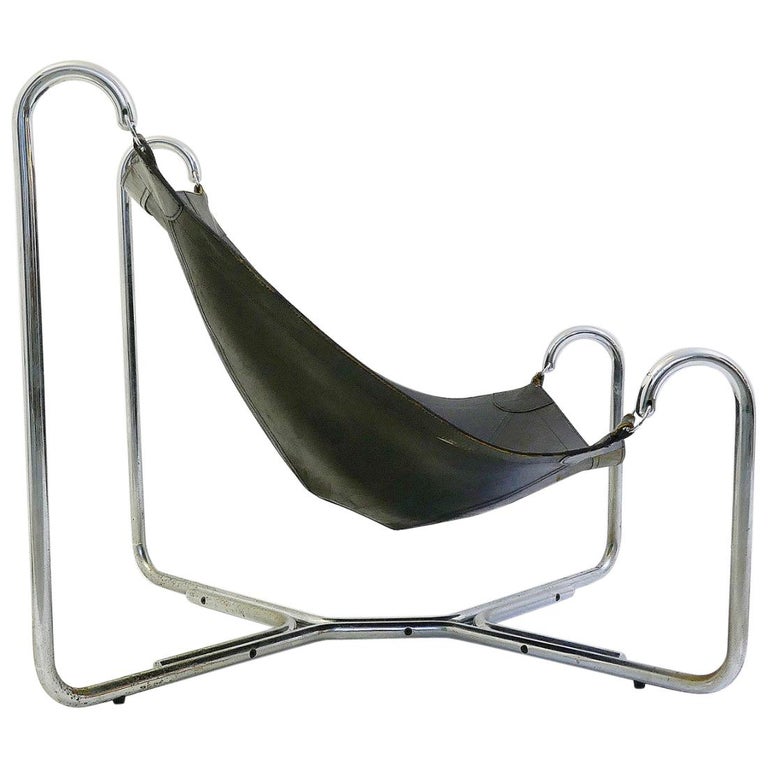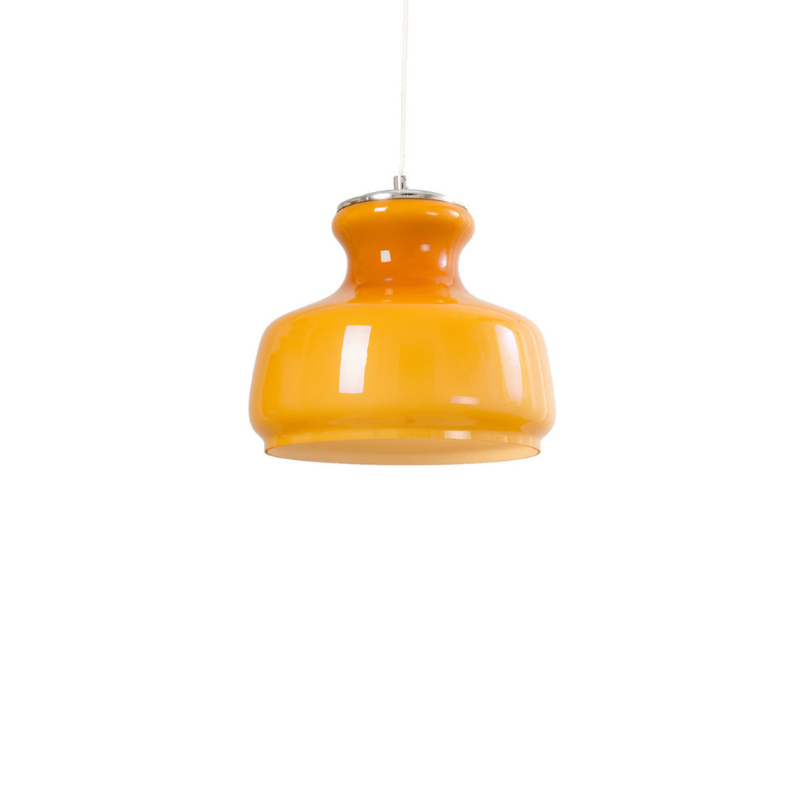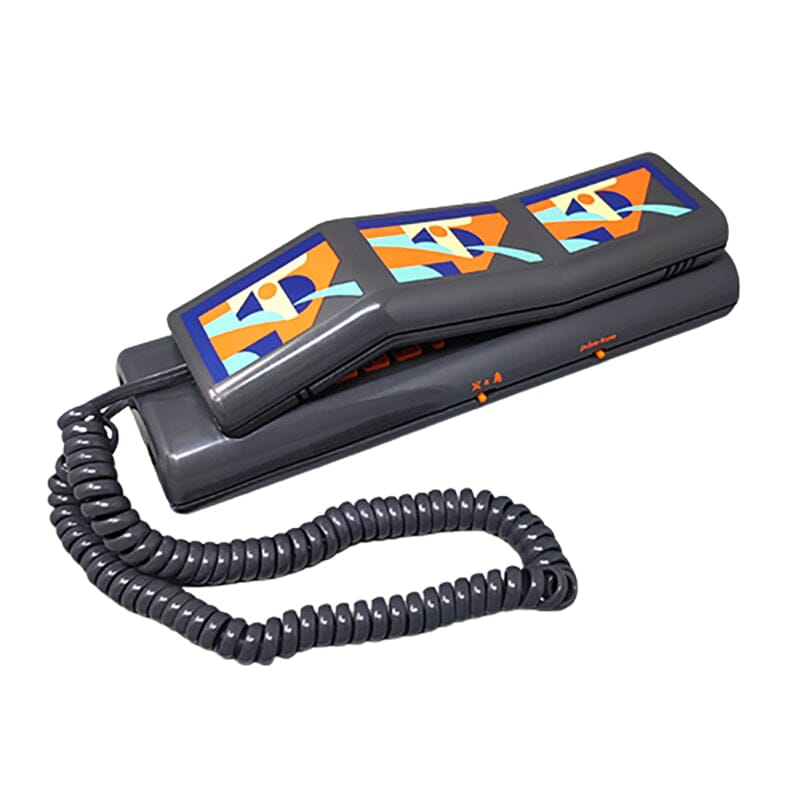SDR: If I had to do that I would make sure I had access to a mill that would cut me bending veneer. And then I would wrap the individual strips around the mold. When a strip runs out, butt then next one and keep going, spiral-fashion.
Once the glue dries and the clamps come off, it wouldn't be much work to sand the beginning and end ridges smooth.
Again, with access to the right bending veneer, it doesn't seem like it would be too much trouble.
And the leather strap foundation for the seat is uncommon. But it seems very likely it was that way originally, so I would redo it with leather straps.
Thanks, Leif. The issues I anticipate, from some experience, are that the material will be springy, and will need to be held in place as each successive layer is added. And, because of the shape, final pressure will inevitably compress the whole in length (assuming that the hoop is formed around a male mold). Maybe that's the secret: a female mold was used, and the veneers forced into it, with a tapered male mold pressed down into it . . .
Hmmm . . .
I agree about the rippled cushions. I'm not sure I'd cut the foam -- but I'd fit the fabric around the foam while it was bent into the right shape ! I believe we've heard about fabric being glued to foam, to keep a concave shape neatly ?
The ripples make me think that upholstery may have been re-done. And not perfectly.
I would absolutely curve the banding fabric to match the curve of the chair. Proper "tailoring" might completely solve the problem.
The Ikea Poang chair might be an example to look to. It has similar upholstery on a curved laminated back. And it does show ripples in the photos I've seen.
Possibly a nubby bouclé or extra heavy weight clothe would be helpful in the situation as well....
I agree that the cushions look a little stodgy - sloppy like an old wrinkled raincoat 🙂
When I purchased the chairs the owner's daughter had tossed out the original cushions (her dad was very old and sat in the chairs often so I imagine that throwing them out was the best way to go.) She'd tied on a thick outdoor chair pad to them that wasn't quite tall enough but the thicker pad looked much better than the charish cushions.
An upholsterer I spoke with suggested making the upper back cushion in "catapilar style" whatever that means. Sounds like one long cushion with a periodic seam across the back. Perhaps this is how she thought to address the curvature of the back rather than curve the cushion.
I don't think the straps on the charish chair are leather. They look like old school pirella webbing, which I just purchased 9 yds of to replace our chair's webbing. If those straps are old it's possible they have lost their elasticity and don't stretch. If that's the case it wouldn't be difficult to think its leather if you weren't looking closely.
cdsilva, thanks--it would be Overman. I thought that earlier but didn't want to say it out loud until I had time to do an image search.
Leif--spray adhesive. It's a basic upholstery supply item. Contact cement is overkill and not necessary.
But I don't think gluing the fabric to the foam in this case is a good idea. On chairs like this, I shape the foam just a bit by razoring kerfs into it and then gluing the cut edges of the kerfs together. I'm talking small fractions of an inch wide for each kerf. You really don't need much. Then I add polyester upholstery batting to soften the hole thing a bit. Fabric directly over foam on cushions looks a little too severe for most styles of cushions. You don't need the really poufy batting that is used on traditional upholstery. Just 1/2" or so.
Leif is right about the side boxing helping to determine the shape of the cushion. You can't just cut a long rectangle. It has to echo the profile of the cushion with the curves.
Nice tip on razor in gout thin kerfs of foam the. Glueing the edges back together. I can see how that would work nicely to shape the foam.
I would upholster this chair with a solid panel front and back, with curved banding and kerf formed foam. I think that could make it look perfect.
as to the spray adhesive, I am duplicating how the Papa Bear was upholstered with the most fidelity possible. And it's upholstery is unusual. The inside of the cushion is unlike any description I've read on the Internet anywhere, except there is latex foam involved... But there is also horsehair. . And the fabric was glued to the foam. Especially near the central seam where the adhesive was used to help coax the fabric to the shape of the pillow.
Here's an example of how you can get a foam slab to conform to the curves of a frame by cutting kerfs. You can see the kerfs opening on the convex curves and you can sort of make out the lines of adhesive on the convex curves where foam was cut away and the edges of the cut glued together.
I don't usually need to do the kerfs on the opposite side but this frame was a little more curvy than most.
If you need any help, please contact us at – info@designaddict.com









